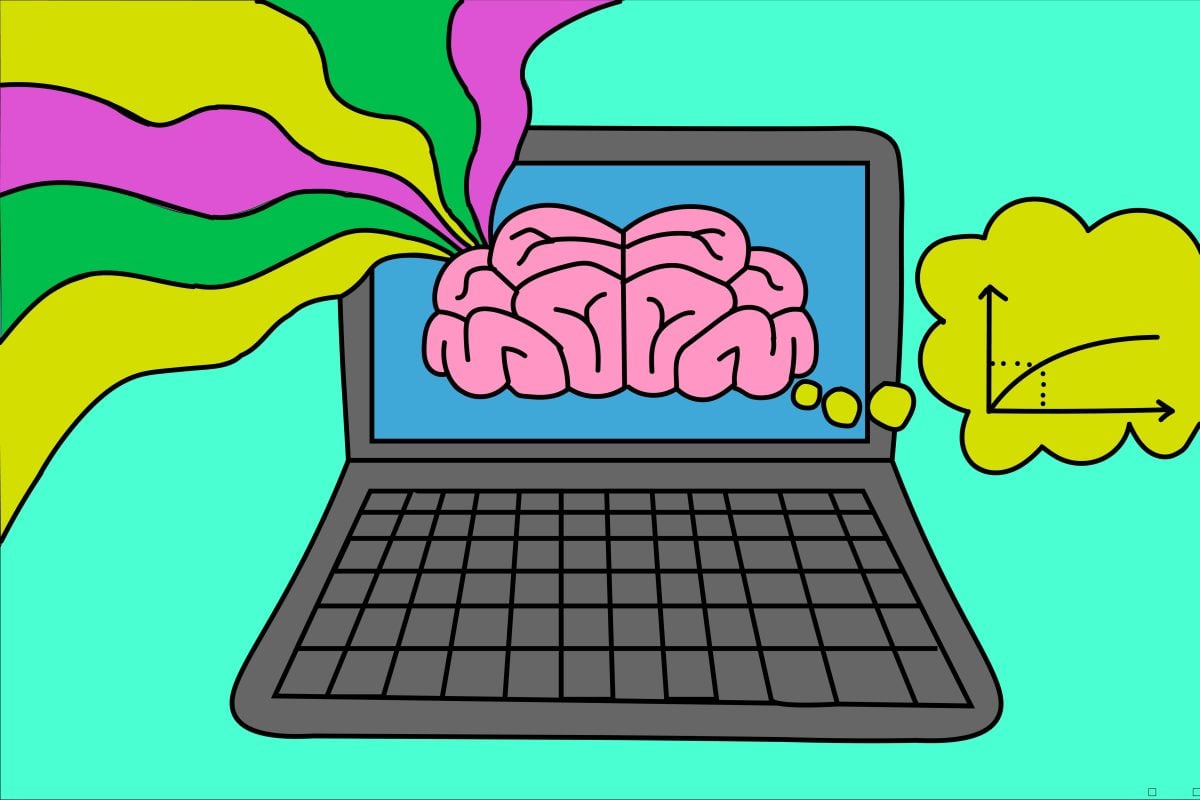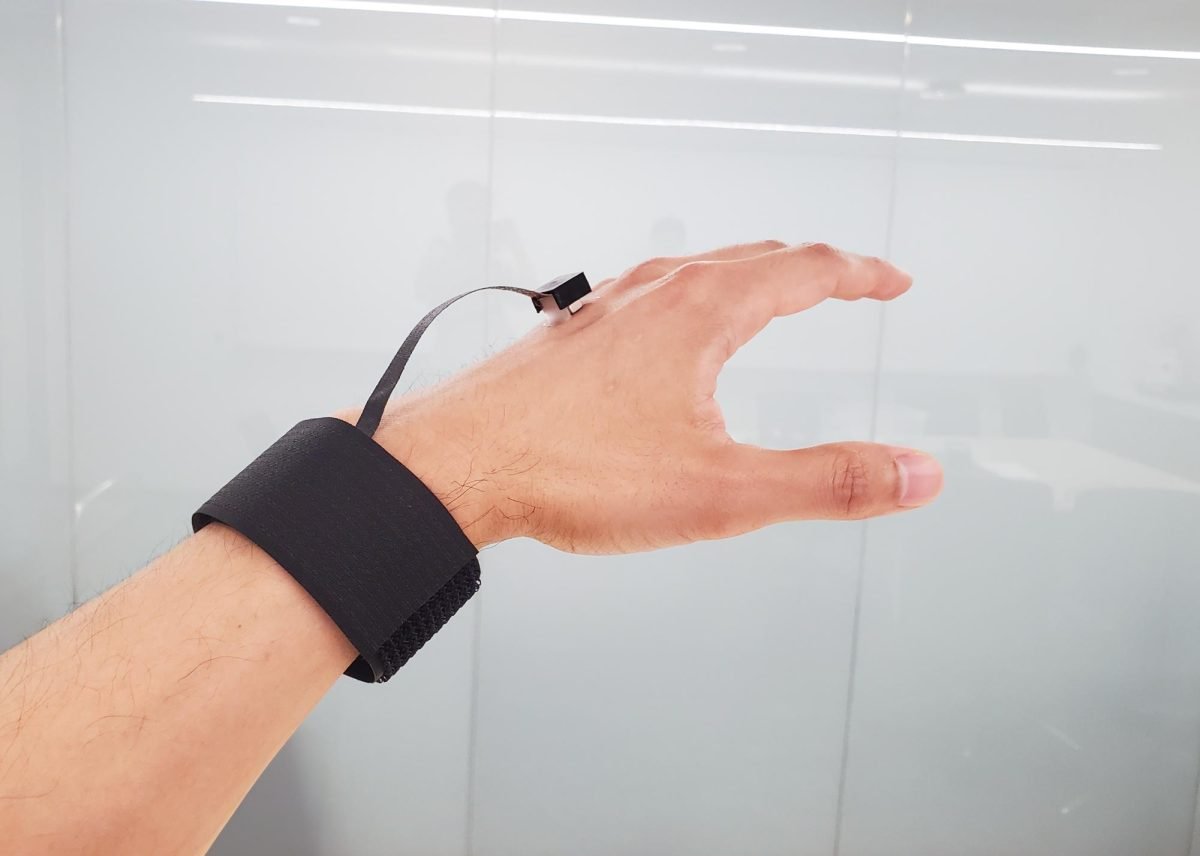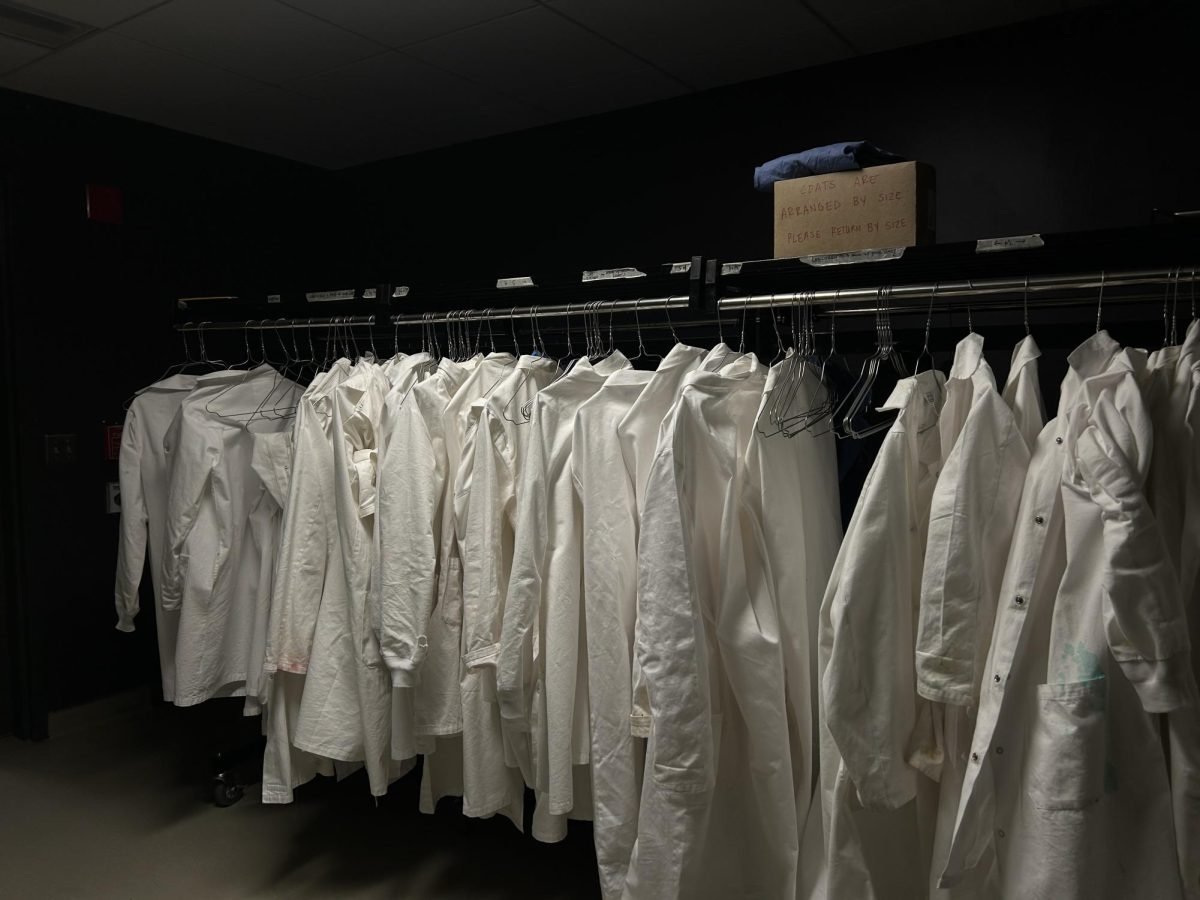To the ordinary eye, McCormick Prof. Sam Kriegman’s robot may look like a glob of purple rubber. But despite its small size and unfinished appearance, the 6-inch creature is the product of an artificial intelligence program capable of designing robots entirely on its own.
Kriegman’s research is based in evolutionary robotics, a field that uses AI to mimic processes of evolution.
Biological evolution requires millions of years. Even when using supercomputers to simulate the process, predicting advantageous designs that randomly emerge may take days or weeks, Kriegman said. His research enables the same processes to happen in seconds.
“Computers, robots, AI and artificial life — they can help us see all kinds of possible trajectories and ways that evolution can unfold,” Kriegman said.
Kriegman is one of many Northwestern researchers who have had groundbreaking results in applying AI to their work. From medicine to astronomy to COVID-19, AI has enabled advances in speed, efficiency and accuracy within the scientific community.
Discovering supernovae
The effects of AI on research are far-reaching: Thanks to an international collaboration led by NU, human monitoring is no longer needed with the development of a new tool that uses AI to sort and identify supernovae.
“We’ve automated every part of the process,” third-year astronomy graduate student Nabeel Rehemtulla said. “From supernova blowing up in the first place to us discovering it, to identifying it as a supernova, to re-observing it, to classifying it, to publicly reporting it — all of that process is now fully automated and zero humans are needed for many of these supernovae.”
The most time-consuming and repetitive tasks — determining whether a candidate supernova actually is a supernova and then classifying the specific subtype of supernova it is — are tasks AI does best, according to Rehemtulla. Using AI on simpler tasks, he said, allows researchers to spend their time doing “other, more leading science rather than repeating the same science over and over and over.”
Energy-efficient AI
It’s no secret that AI is complex. This complexity requires a significant amount of energy to decipher, said McCormick Prof. Vinod Sangwan.
“Even though the algorithms are pretty cool, when you translate them to the machine language, every single command takes many, many processes,” Sangwan said.
Along with McCormick Prof. Mark Hersam, Sangwan co-led a project that allows AI programs to be carried out without the transfer of data from the logic component to the memory, the energy-hungry part of the process.
“Many people use artificial intelligence to solve a problem,” Sangwan said. “What we do is propose new devices that make the whole process more energy efficient.”
The replication problem
Speed, in particular, is critical in research, but it also contributes to what is known as the “replication problem” in science.
When the results of scientific studies are unable to be reproduced by other researchers, the validity of the original research is damaged while undermining the results of subsequent studies that apply the previous research.
“The replication problem revolves around a realization that many more papers than you would expect to fail replication in science do, in fact, fail,” said Kellogg Prof. Brian Uzzi.
Mitigating the replication problem takes an immense amount of time and money for researchers to determine which papers replicate, according to Uzzi.
Uzzi’s work employs AI to detect differences in papers that do and do not replicate to predict which papers would fail to replicate. In a matter of minutes, said Uzzi, the machine can review up to 100 papers.
AI isn’t perfect, Uzzi acknowledges. But he said it doesn’t necessarily need to be.
“What you’re really trying to do with the machine is combine human intuition, skills and training with the machine’s ability to essentially pick up on patterns that human beings otherwise will miss, and the two together do better than either one alone,” Uzzi said.
Email: CassieSun2027@u.northwestern.edu
Twitter: @CassieSunL
Related Stories:
— Northwestern researchers drive breakthroughs in climate, health



















